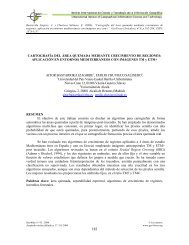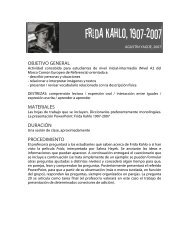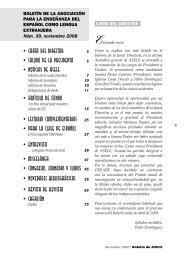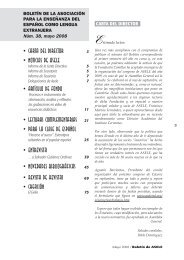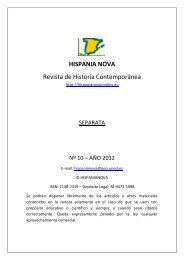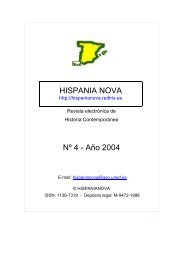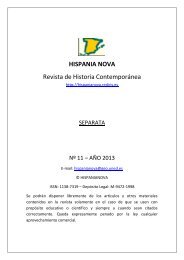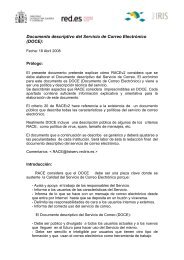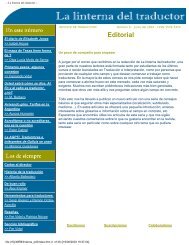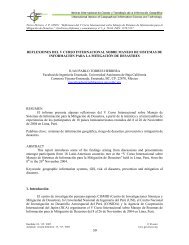Preparing an IPv6 Addressing Plan Manual - RedIRIS
Preparing an IPv6 Addressing Plan Manual - RedIRIS
Preparing an IPv6 Addressing Plan Manual - RedIRIS
- No tags were found...
Create successful ePaper yourself
Turn your PDF publications into a flip-book with our unique Google optimized e-Paper software.
As c<strong>an</strong> be seen above, the first 32 bits, i.e. the first eight hexadecimal digits, areidentical. The prefix2001:db8:1234::/64contains all the addresses from2001:0db8:1234:0000:0000:0000:0000:0000through2001:0db8:1234:0000:ffff:ffff:ffff:ffffIt is common practice to separate the different groups in multiples of four bits. Thismakes it much easier to decipher the addresses. This is why the prefixes /48, /52,/56, /60 <strong>an</strong>d /64 are commonly used. If a group is not separated at a multiple offour, the addresses become much more difficult to decipher (see box).Prefix not a multiple of fourIf the prefix length is not a round multiple of four, the binary separation will takeplace in the middle of a hexadecimal number. This me<strong>an</strong>s that all hexadecimalnumbers that start with the same series of bits will belong to this prefix. The prefix2001:db8::/61thus contains all the addresses from2001:0db8:0000:0000:0000:0000:0000:0000through2001:0db8:0000:0007:ffff:ffff:ffff:ffffbecause the hexadecimal numbers 0 through 7 all start with the binary value 0.For example, the prefix2001:db8:0:8::/615<strong>Preparing</strong> <strong>an</strong> <strong>IPv6</strong> <strong>Addressing</strong> Pl<strong>an</strong>




